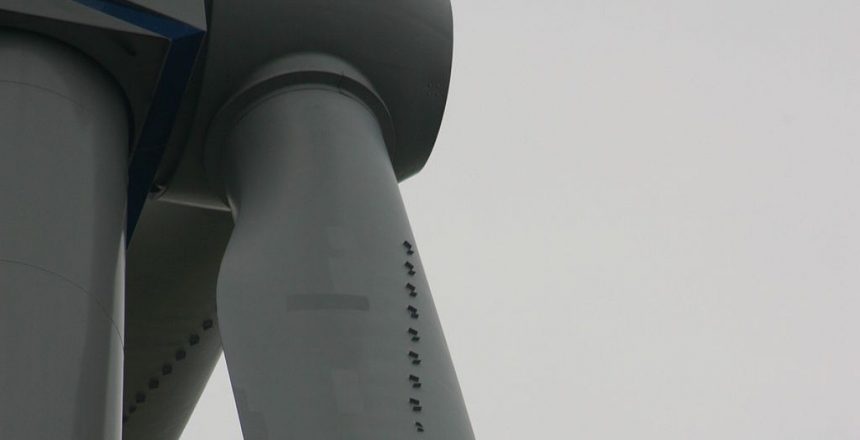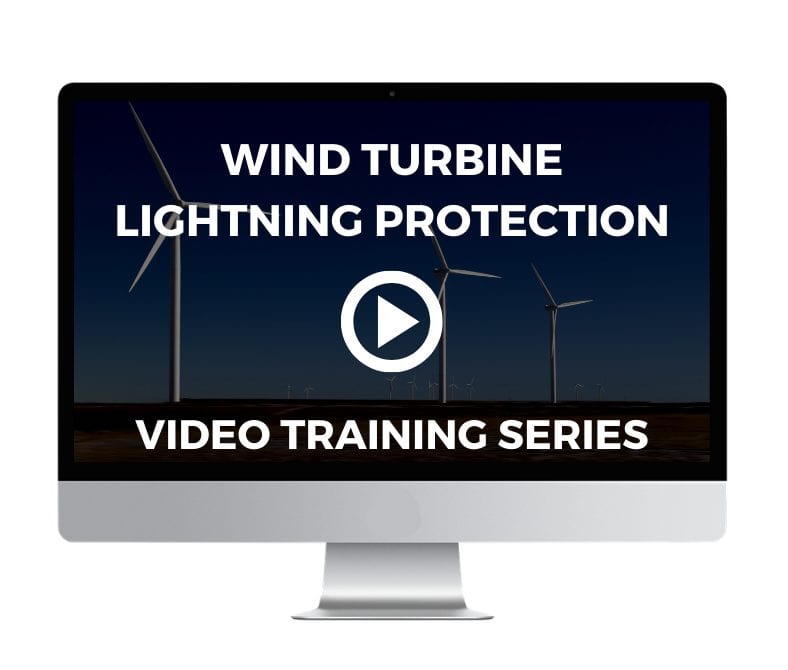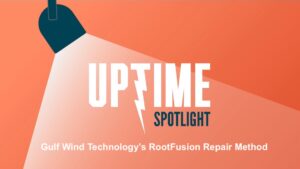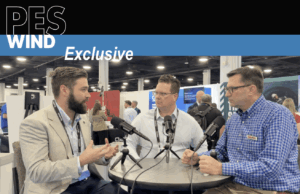Wind turbine vortex generators have been around for a while, but are they really worth the installation cost? Do they improve aerodynamics and annual energy production enough to warrant a retrofit? Learn all about vortex generator technology in this article on wind farm operation and maintenance.
First: What Does a Wind Turbine Vortex Generator Do?
Vortex generators, along with winglets and serrated trailing edges, are part of a group of devices known as power curve upgrades (PCUs). Power curve upgrades are meant to improve annual energy production (AEP), and these typically provide a boost of 1-3% AEP, depending on the device, the turbine and other factors.
Though 1-3% may seem small, it adds up to significant cost savings over the course of a wind turbine’s lifetime. Some turbine blades leave the factory with vortex generators, serrated trailing edge or winglets already installed. Yet for wind farm operators who purchased turbines without these options, they may choose to retrofit them later in the turbine’s service life.
For more on power curve upgrades, check out our other in-depth articles:
- Serrated Trailing Edges: Do They Actually Work?
- Uptime Podcast EP24: Dino Tails and More Wind Turbine Tech
- Uptime Podcast EP25 – On Vortex Generators and More
- Leading Edge Erosion: What You Need to Know
- Do Wind Turbine Winglets Really Work?
How a Vortex Generator Works
Vortex generators are essentially small fins that are installed toward the root of the wind turbine blade. They reduce airflow separation, creating a smoother flow over the blade that results in less turbulence and more torque to turn the rotor and generate power.
In Simple Terms…
If you don’t have a background in aerodynamics, don’t fret! Think of a vortex generator as a device that “trips” the air.
When you’re walking down the street and you trip…what happens? You stumble as you try to regain your footing. While stumbling forward, you actually get closer to the ground.
When air rushes over a surface, it can separate from that surface and become turbulent. Turbulent air doesn’t apply pressure and create lift like smooth airflow does, so the vortex generator “trips” the air just before it becomes turbulent, causing it to “stumble” back down to continue hugging the smooth surface of the wind turbine blade, where it can turn the rotor more efficiently.
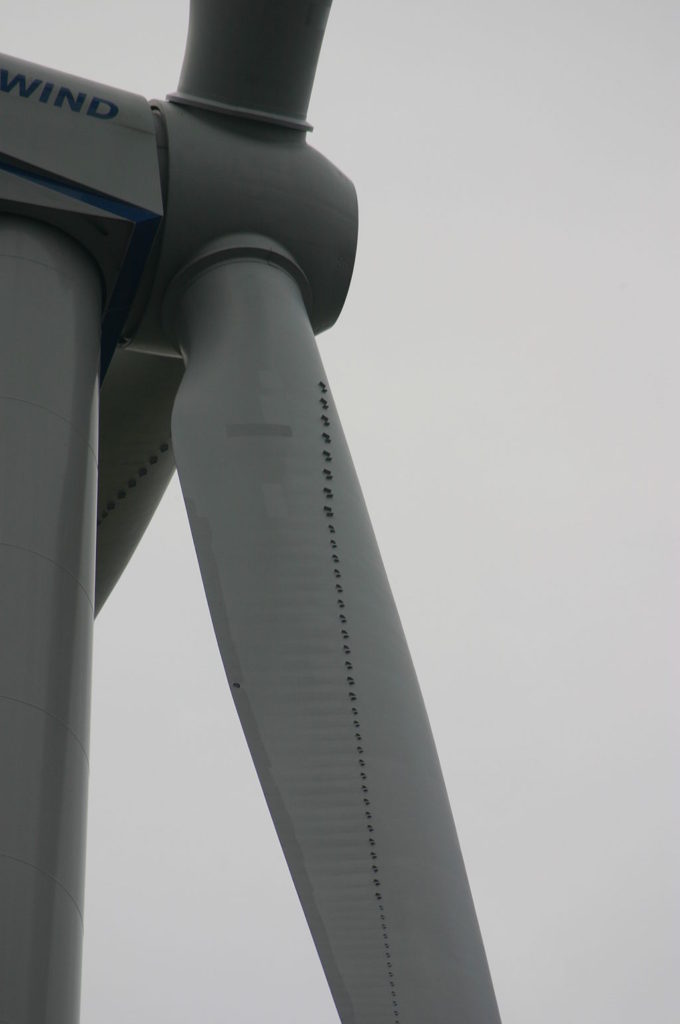
The blade above shows vortex generators installed from very near the root (closest to the nacelle), extending down toward the tip. The aerodynamics of the root obtains the largest performance boost from vortex generators, as their more rounded shape is less streamlined and thus prone to turbulent air flow, compared to the thin, highly aerodynamic tips.
This excellent video below shows more about the installation along with explanations about how wind turbine vortex generators work.
As Wind Turbines Get Bigger, Every Bit of Energy Efficiency Helps
The GE Haliade X and Siemens Gamesa SG 14-222 DD are the two largest wind turbines in the world, pumping out an incredible 12MW and 14MW of power, respectively. These machines are massive, with both machines standing over 800ft tall.
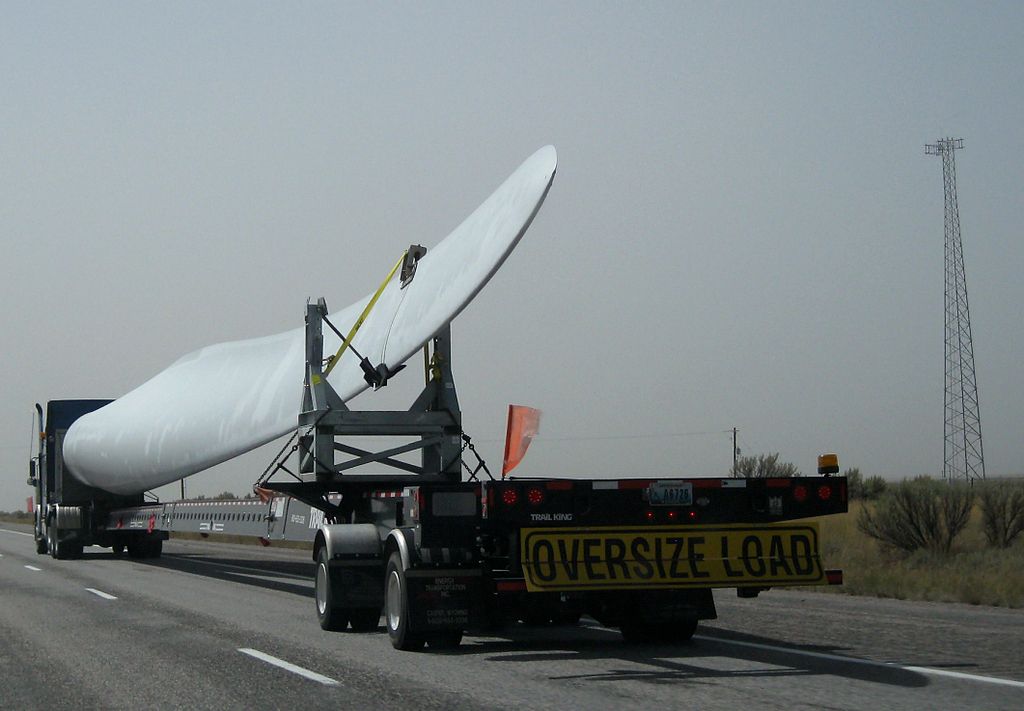
With such huge amounts of power generated, even a small gain from a power curve upgrade like a vortex generator could mean powering thousands more homes annually. Again, even small 1-2% gain in efficiency is huge, and something wind farm operators take very seriously.
What Does a 2% Increase in Annual Energy Production Amount To?
Let’s use the massive GE Haliade X wind turbine as an example. Rated at 12MW, this article explains that the Haliade X produced 288 MWh (megawatt hours) in one 24-hour period, the highest ever recorded. The United States’ average household used 914 KWh per month in 2018. This means that one day’s worth of electricity production from a Haliade X can power 315 average houses in the US for a whole month. This means that on a monthly basis, this one turbine’s production can sustain 9452 homes.
If we increased the power output of this turbine by just 2%, that would add 189 more homes that could be sustained by just this one wind turbine – that’s a LOT of houses: a boost of four typical subdivisions of homes.
Remember that most wind turbines are not the Haliade X, so the typical 2% boost to annual energy production (AEP) on a 5-6 MW turbine–a more typical size for an offshore wind turbine–is going to be about 75-100 homes. But still…free electricity for an additional 100 homes, just by installing some small plastic devices? It’s a remarkable little upgrade.
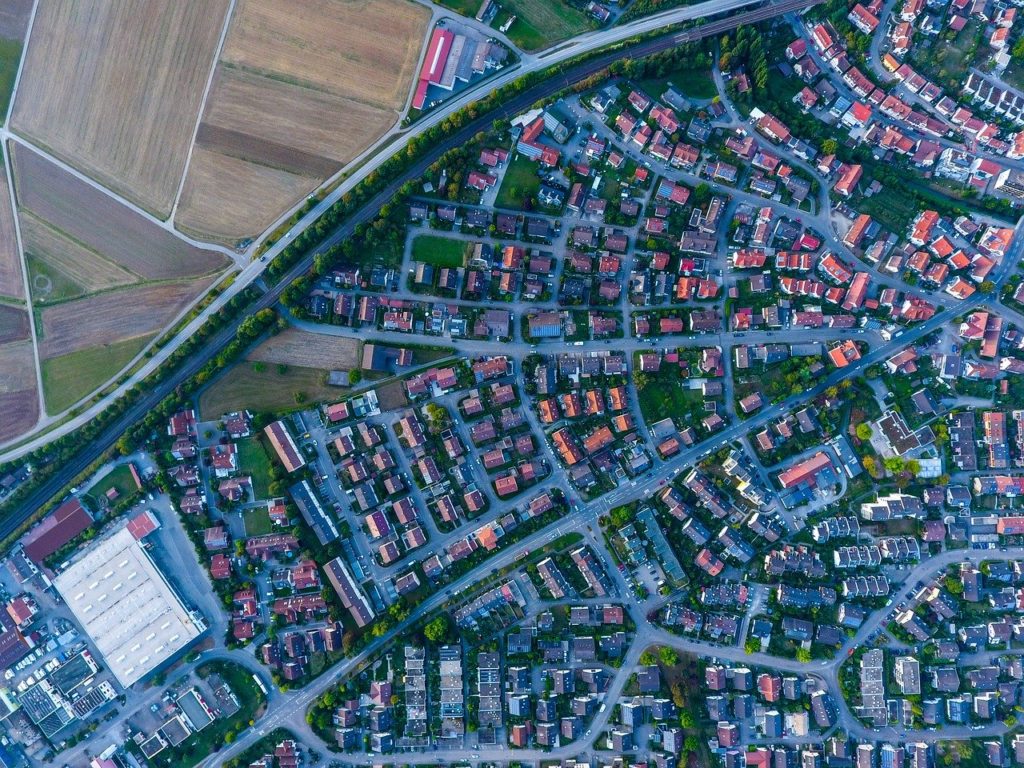
Should Wind Farm Operators Install Wind Turbine Vortex Generators?
The answer seems to be a yes, though certainly every application is unique. We need to remember that a custom installation is still necessary, because the configuration that improves one blade to a 3% AEP boost may yield only a 1.75% boost on another.
Companies like Smart Blade make it clear that just sticking on VGs isn’t enough–each unique blade design needs to undergo analysis to determine the ideal layout of vortex generators. An airflow analysis will reveal trouble spots where there is more airflow separation and turbulence, and the configuration of vortex generators will be tailored to meet that blade design’s unique aerodynamic properties.
Though the cost of hiring technicians to climb blades can be steep ($3000 or more per team of technicians per day, plus materials, consulting and additional costs), this can be made up relatively quickly in increased output. Smart Blade explains that the cost of installation and materials is typically recouped in 1-2 years.
Installing Vortex Generators on Your Wind Farm? Improve Your LPS at the Same Time
If you’re a wind farm operator or technician, the best time to upgrade your wind turbine LPS (lightning protection system) is when technicians are already set to go up on the ropes and make other improvements, like installing vortex generators.
Lightning strikes cause significant damage to wind turbines each year. For many wind turbines, the factory LPS is insufficient to prevent this damage, especially as the blade dieletric degrades over time and wear and tear accumulates.
StrikeTape lightning diverter strips will significantly upgrade a wind turbine LPS at the same time as a vortex generator or serrated trailing edge installation, and will provide years of trouble-free protection. Learn more about the StrikeTape wind turbine LPS, download specs on our retrofit or contact us now.
Vortex Generators FAQ
Have a question that we can answer? Leave a comment below or check out our most frequently asked questions below.

